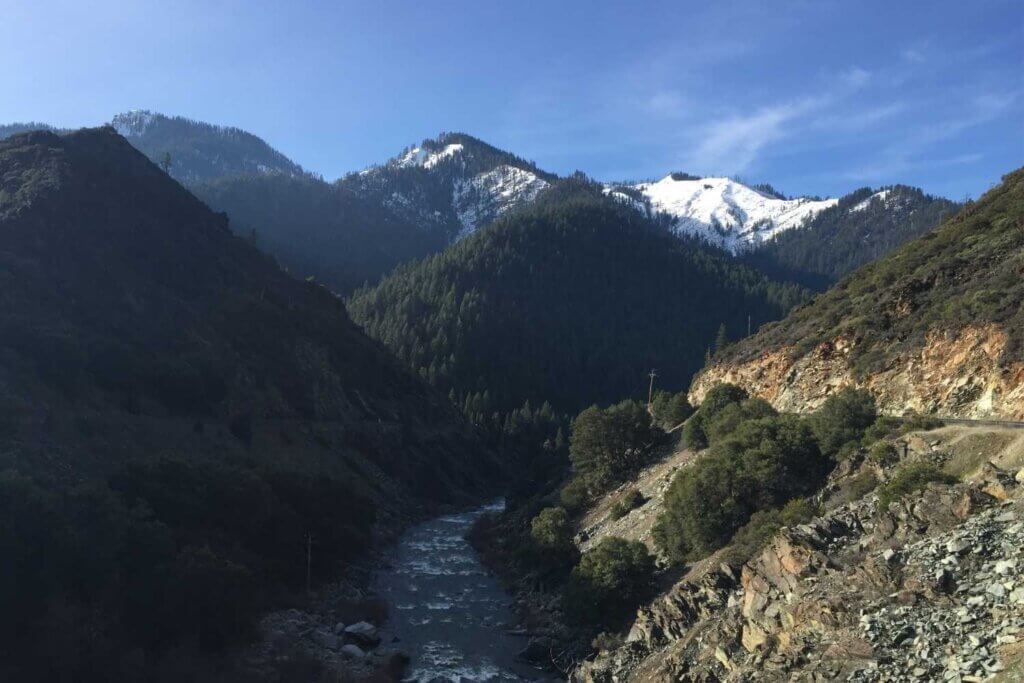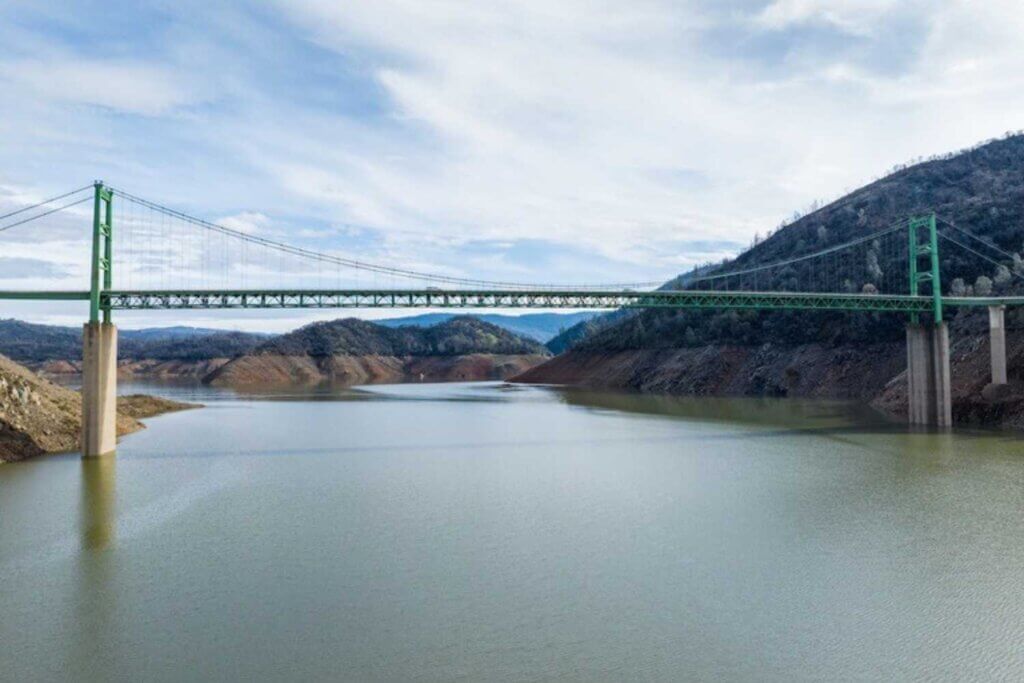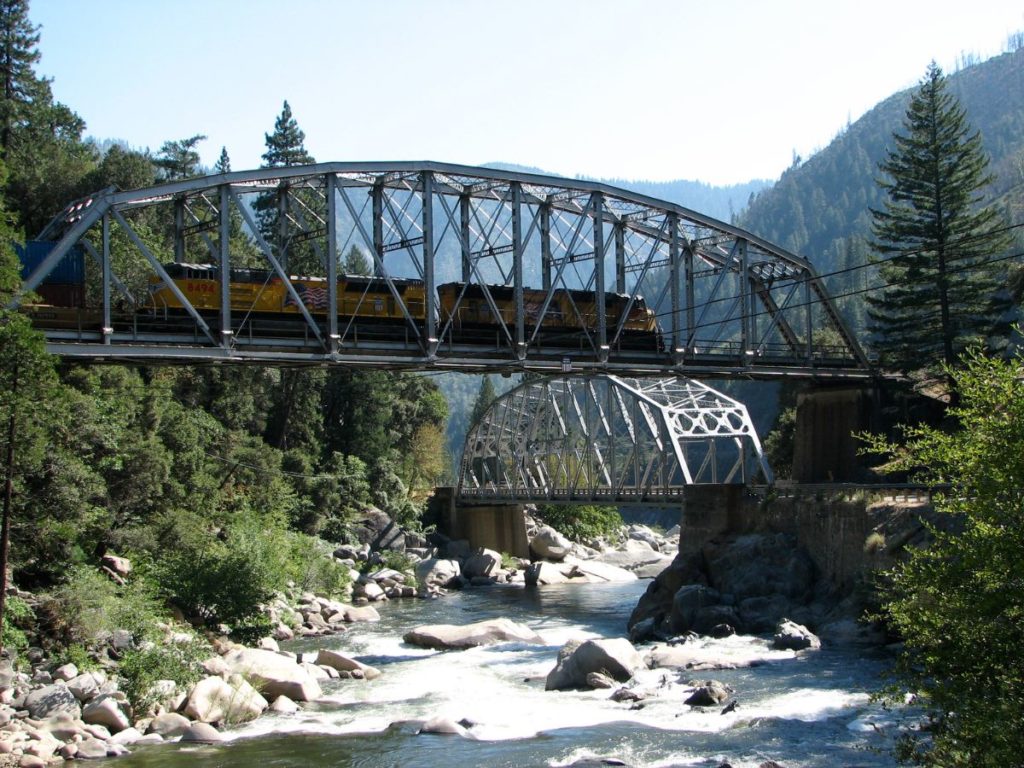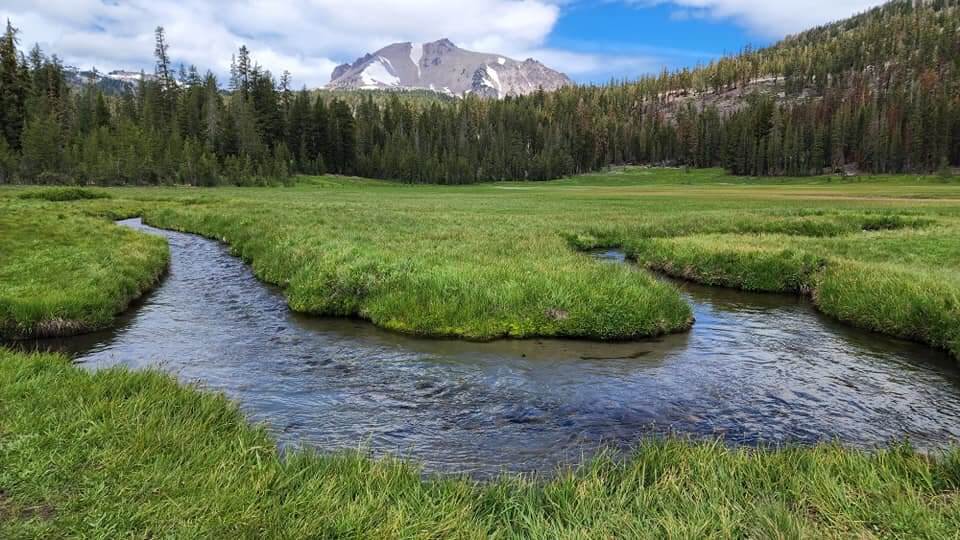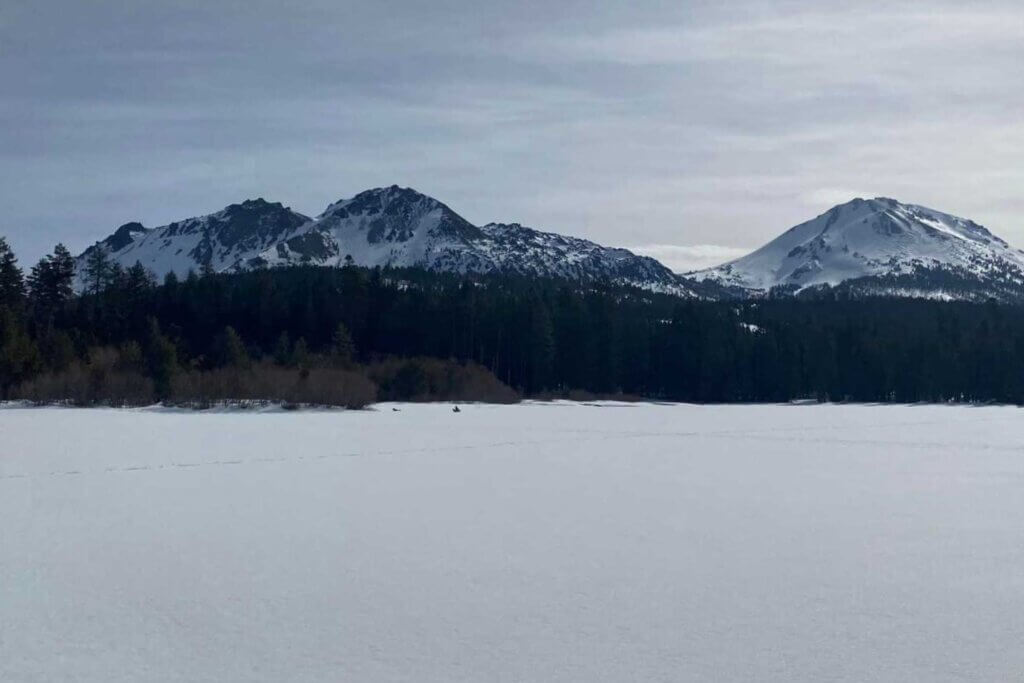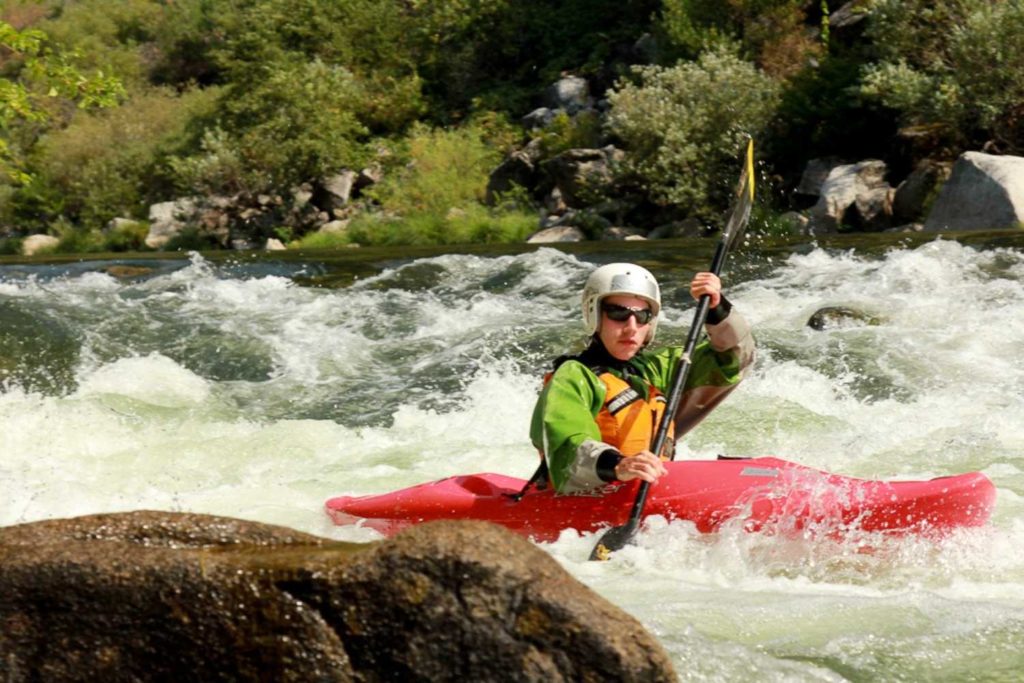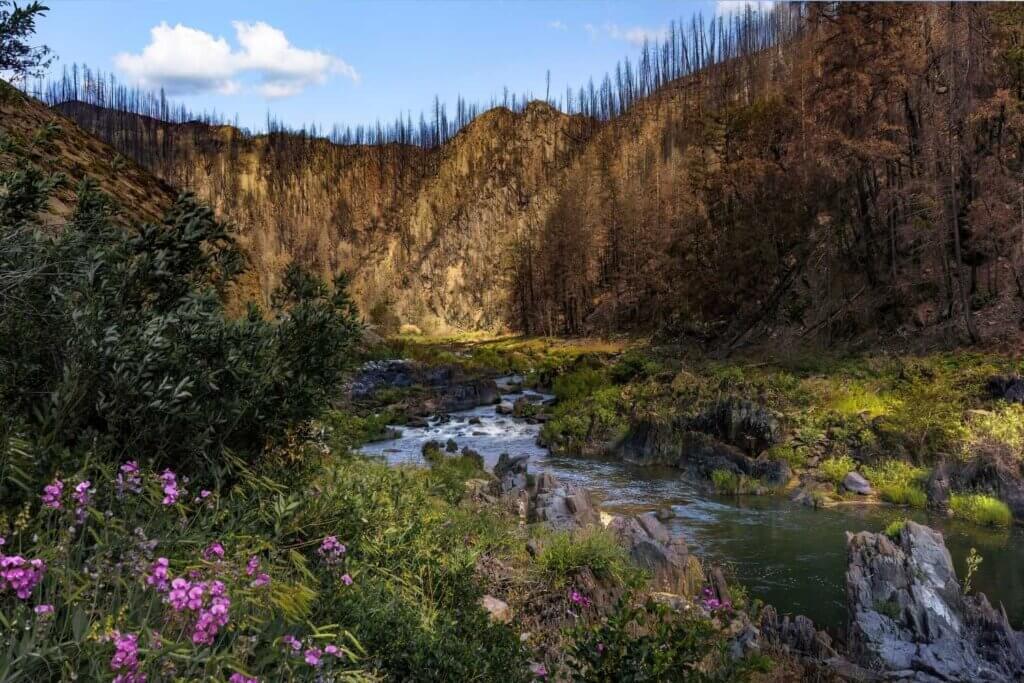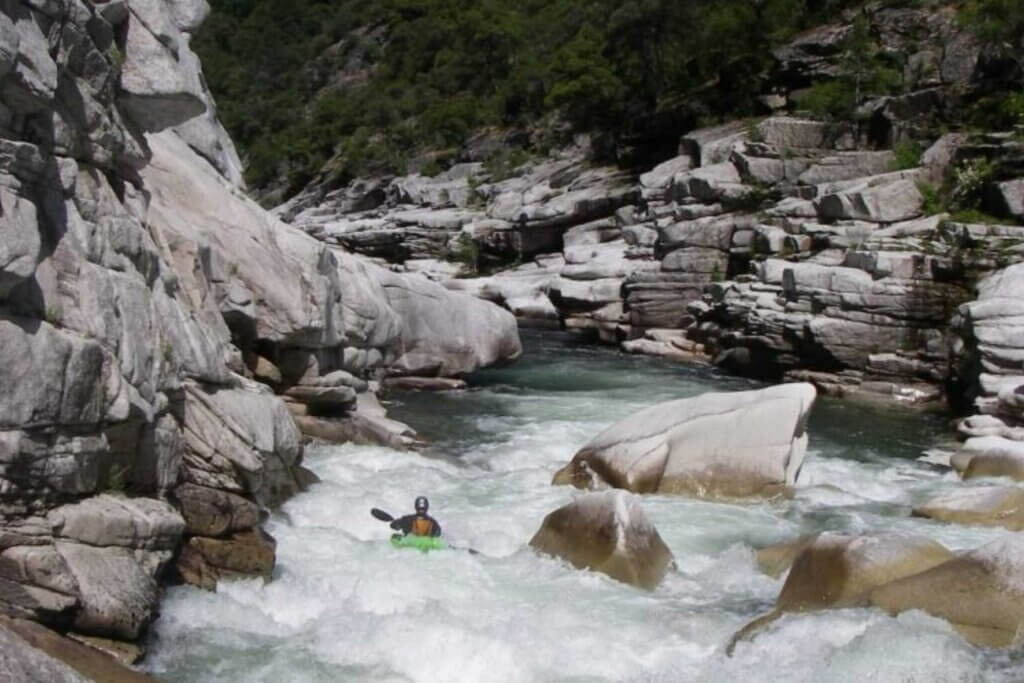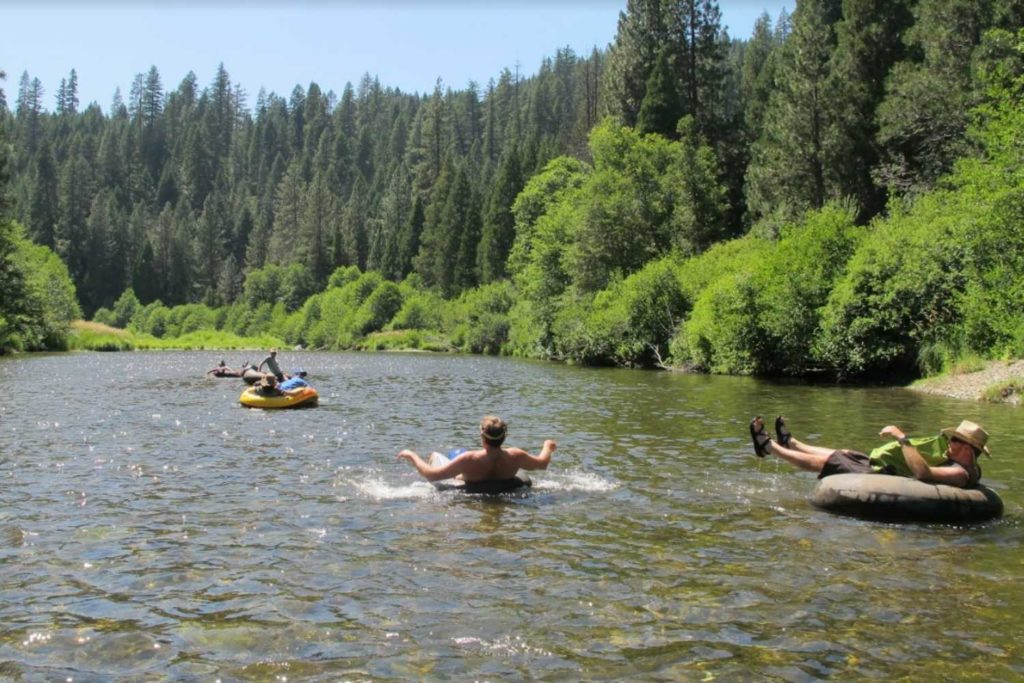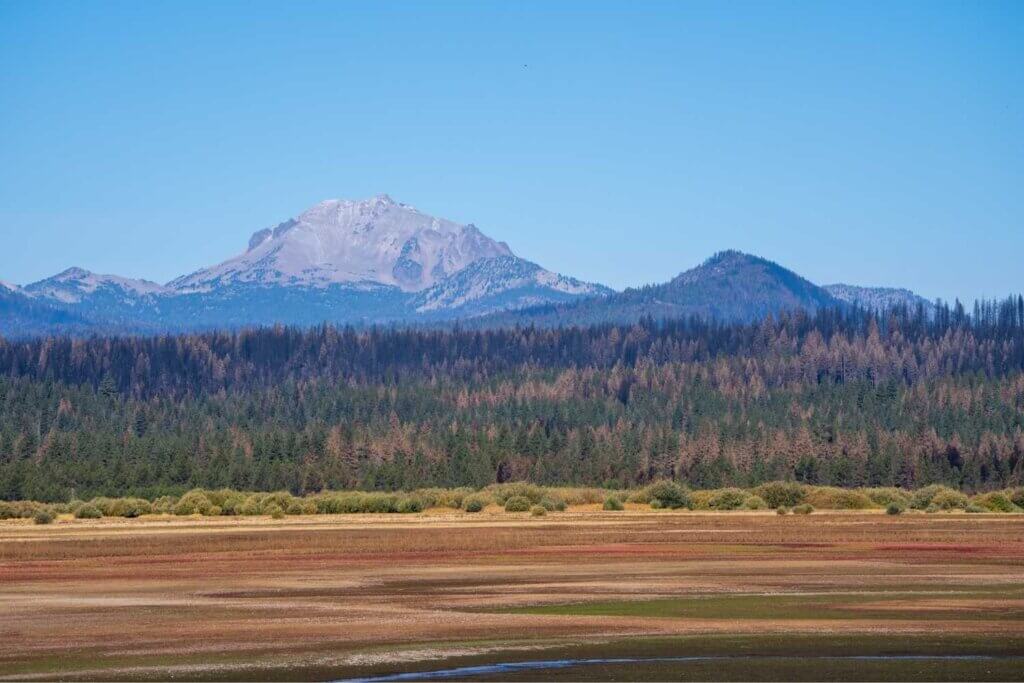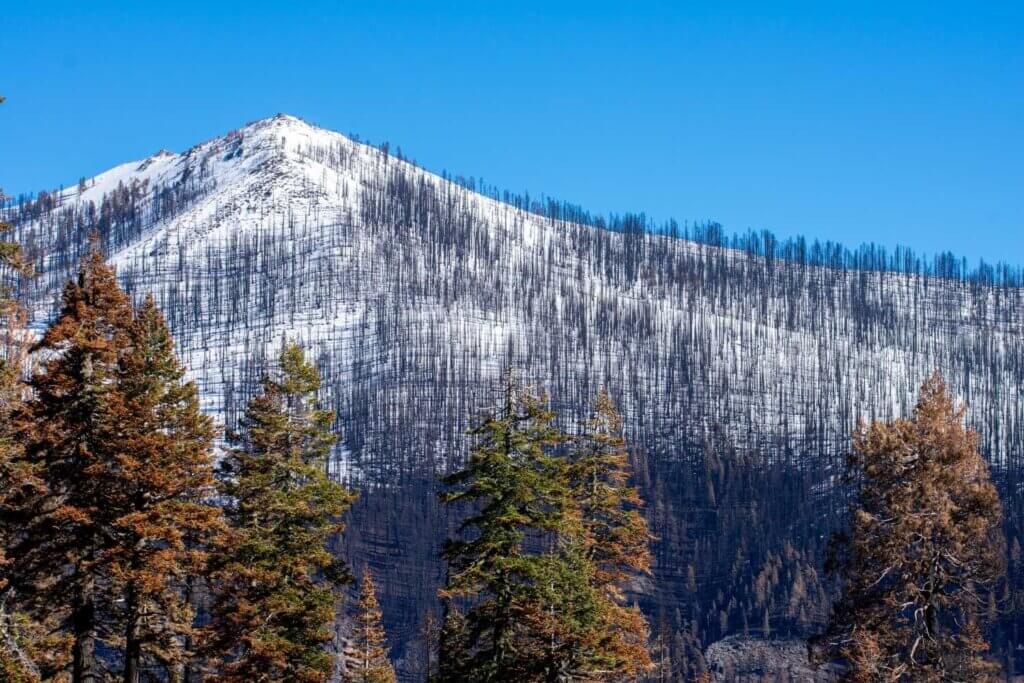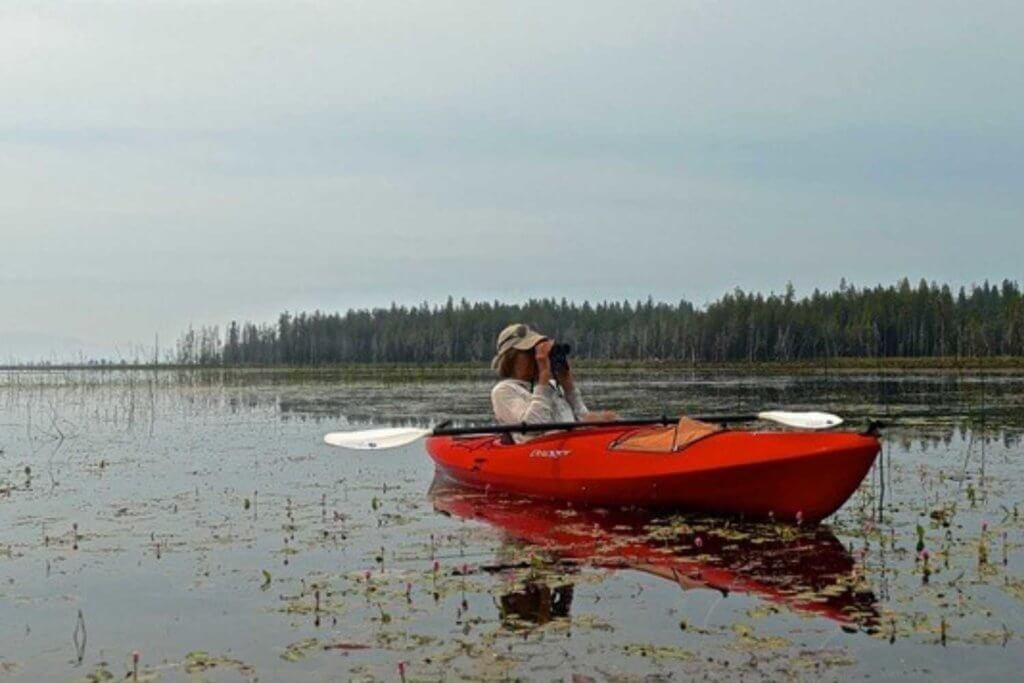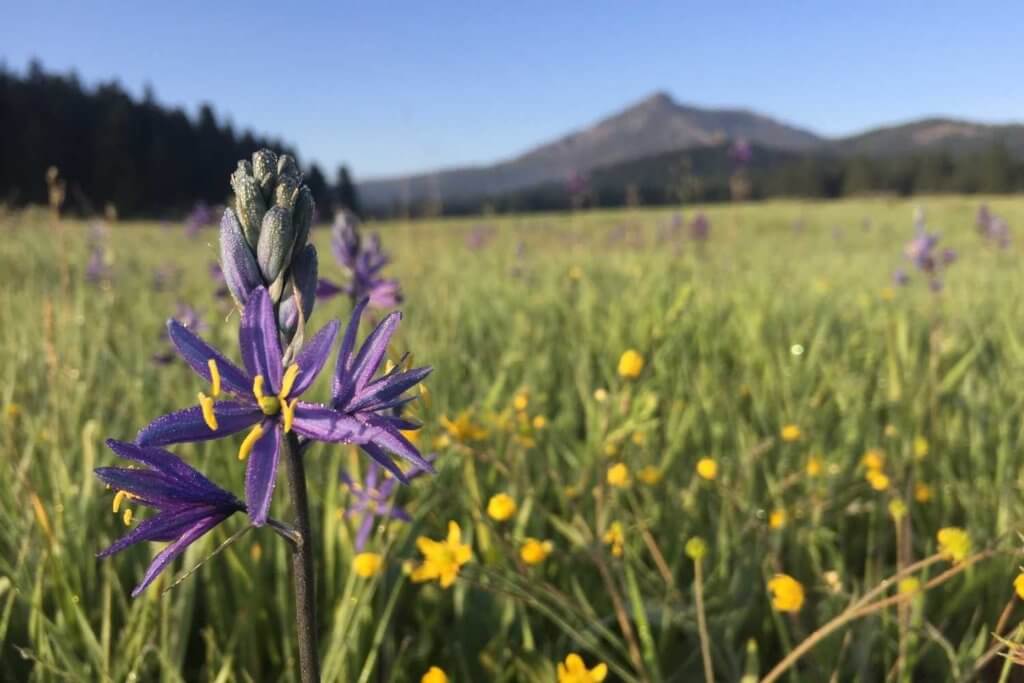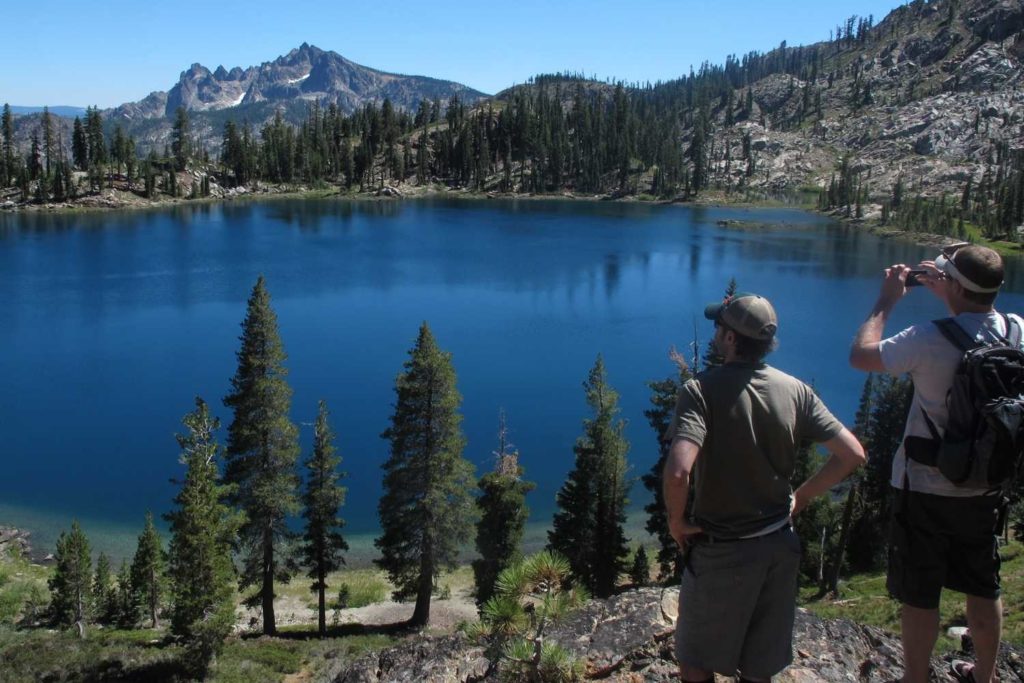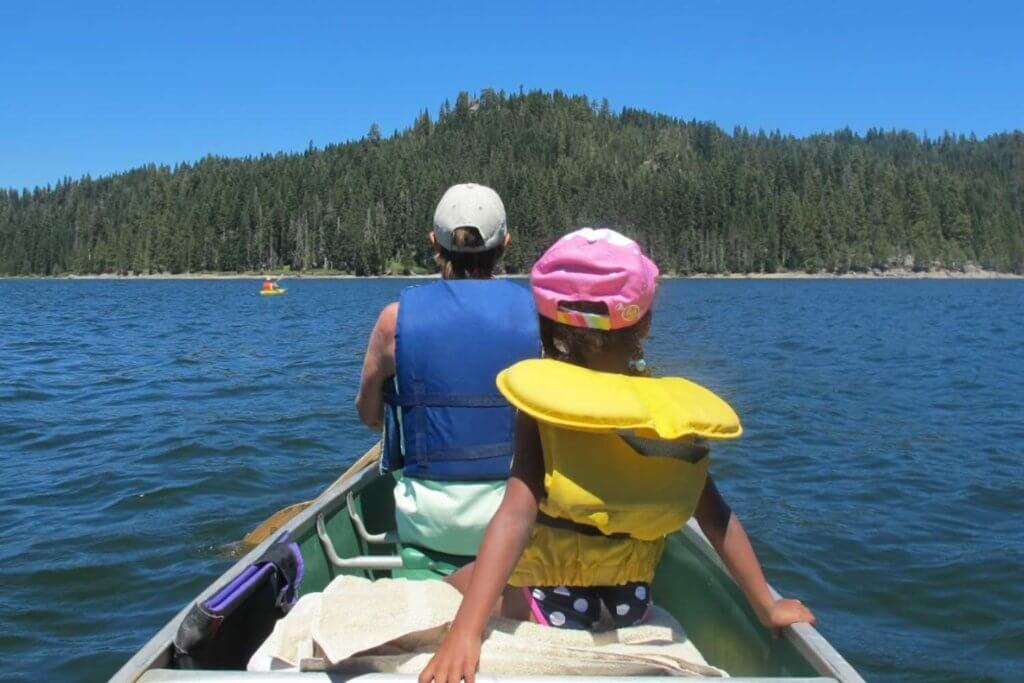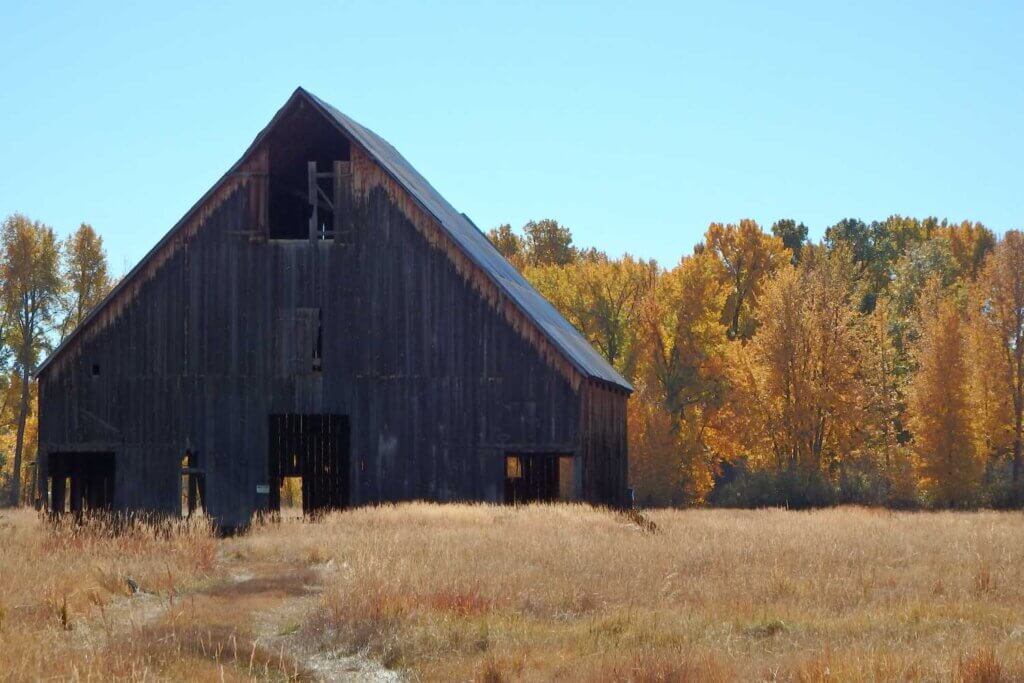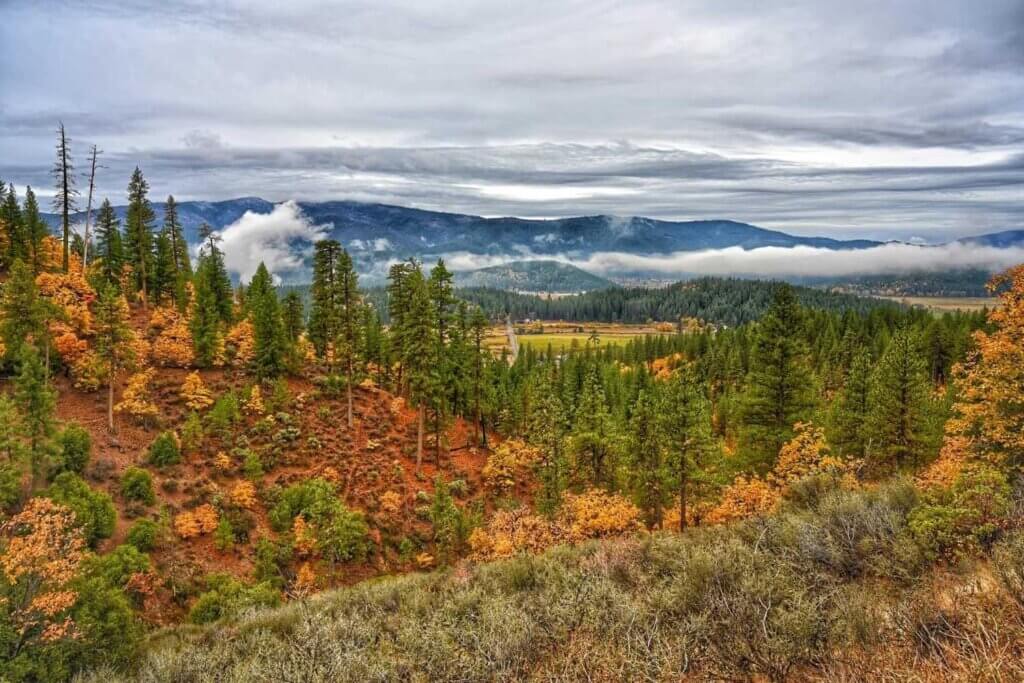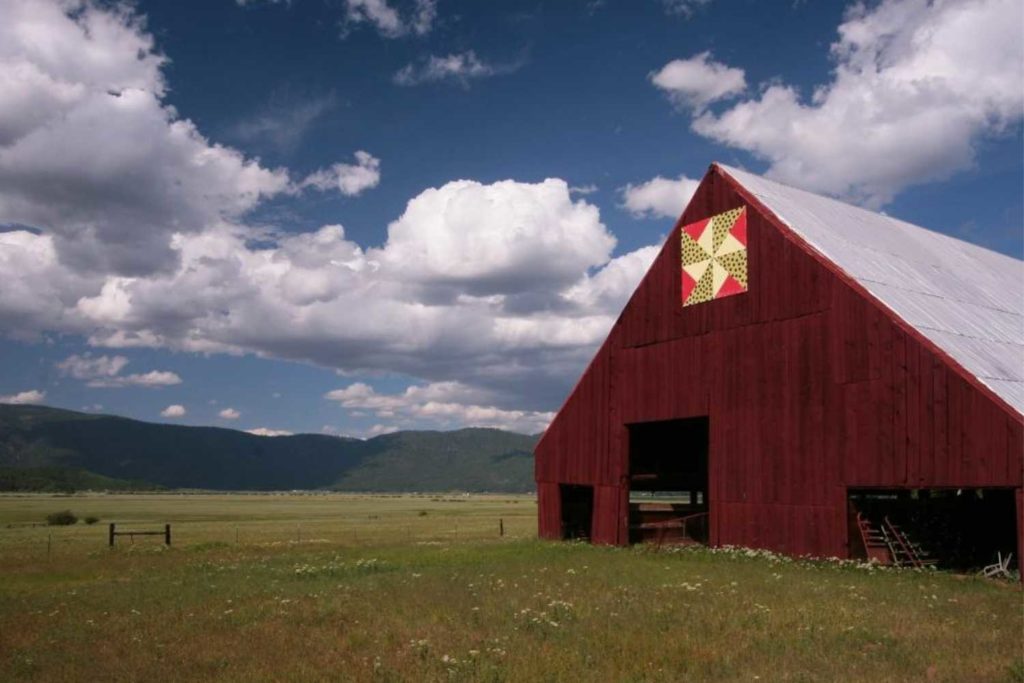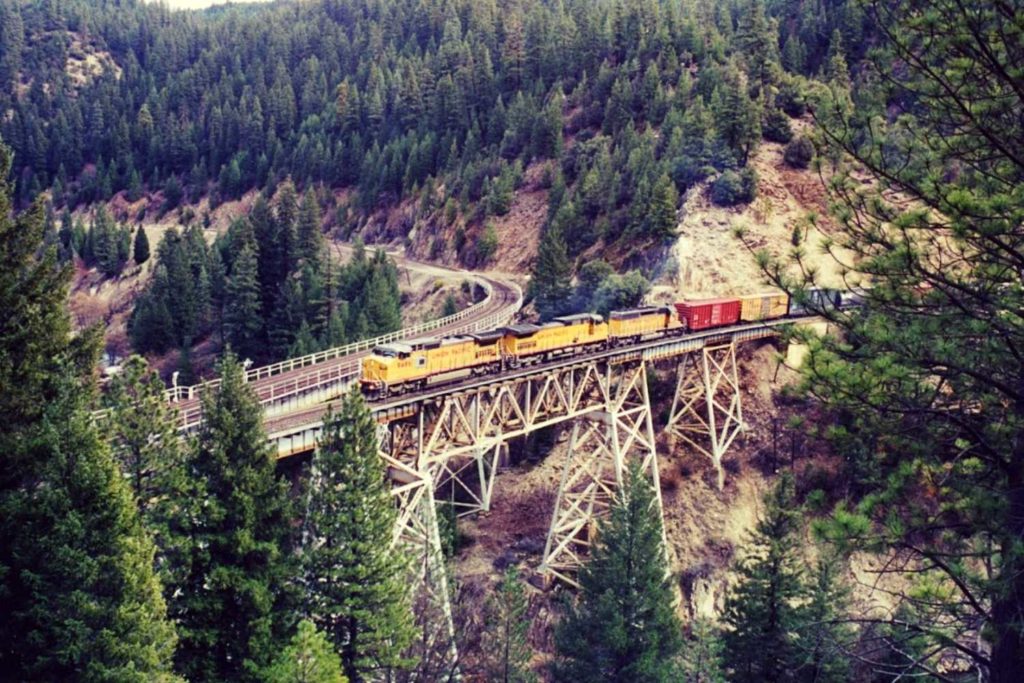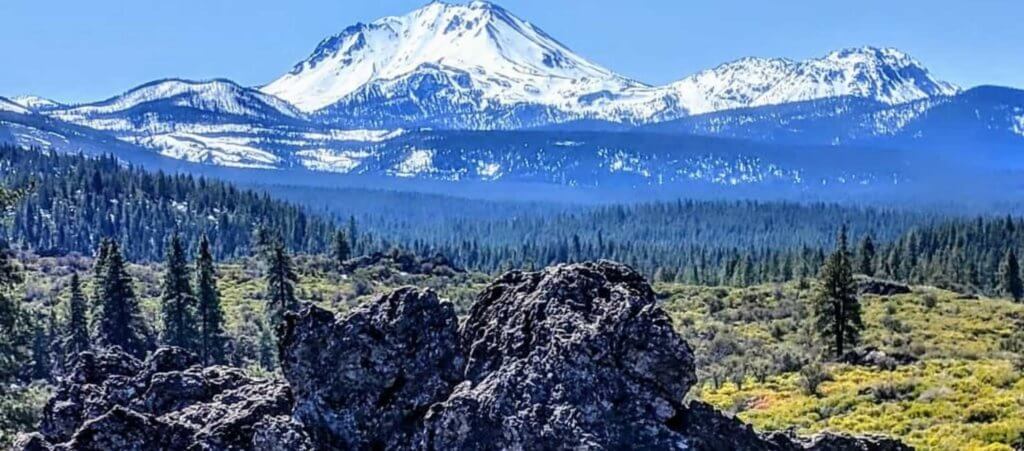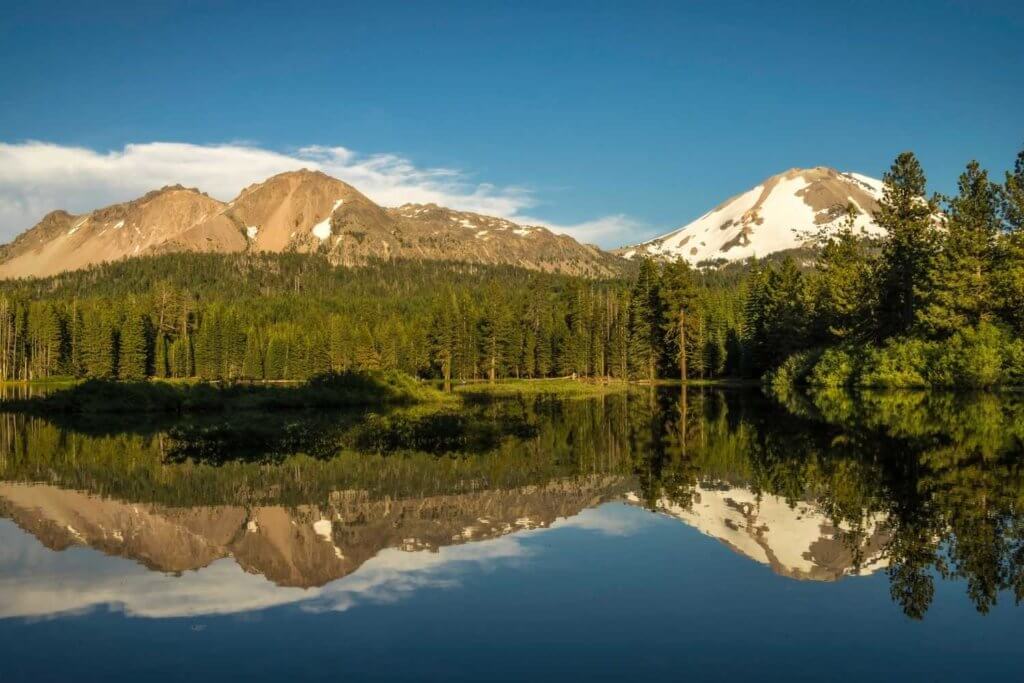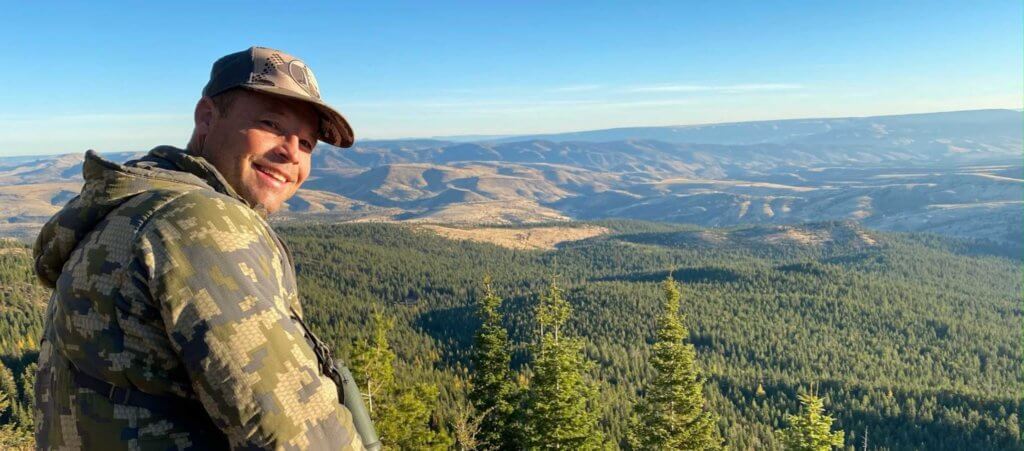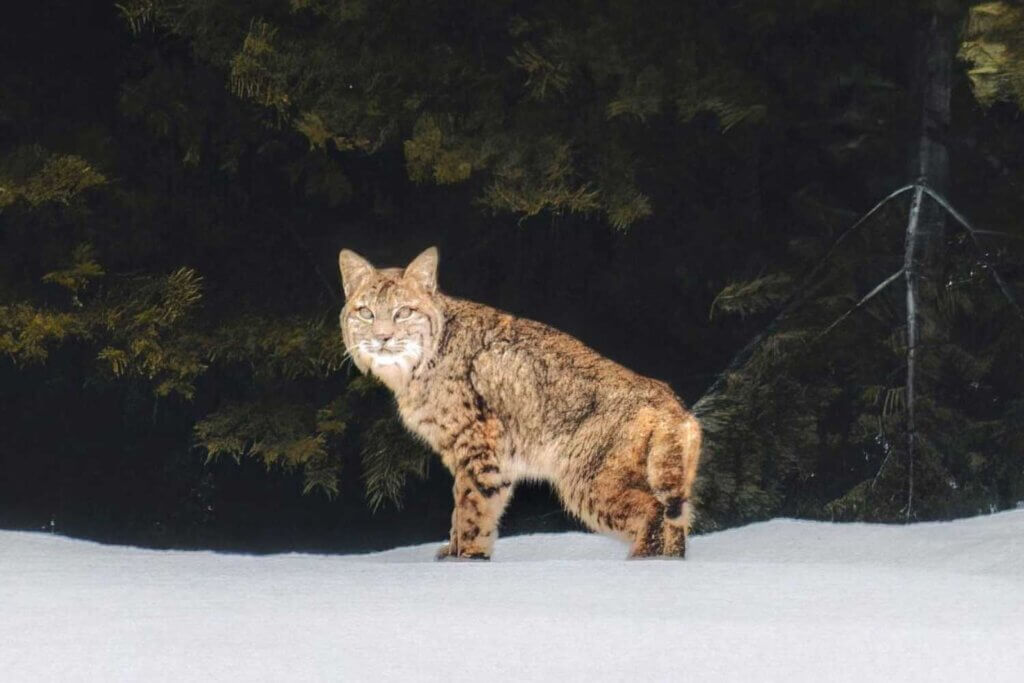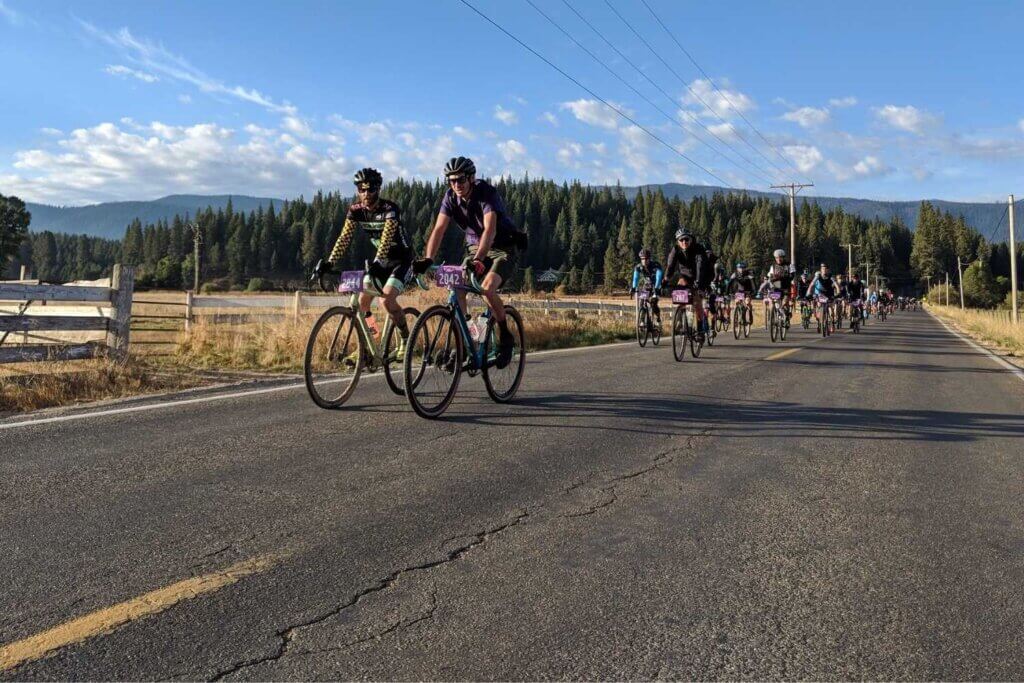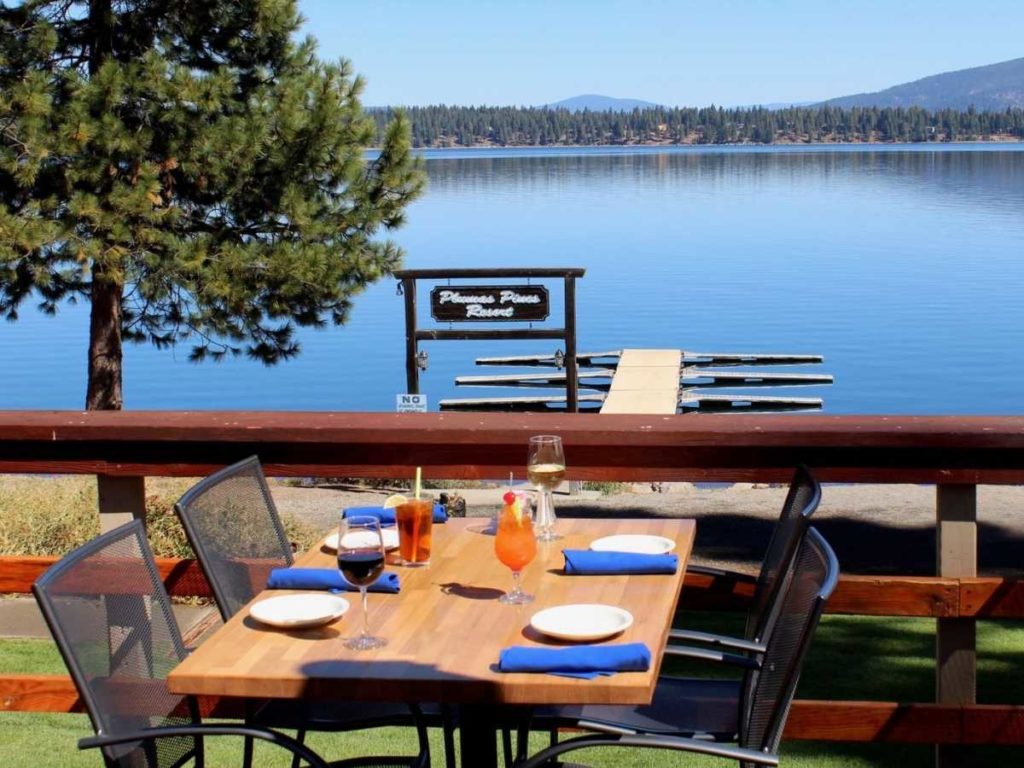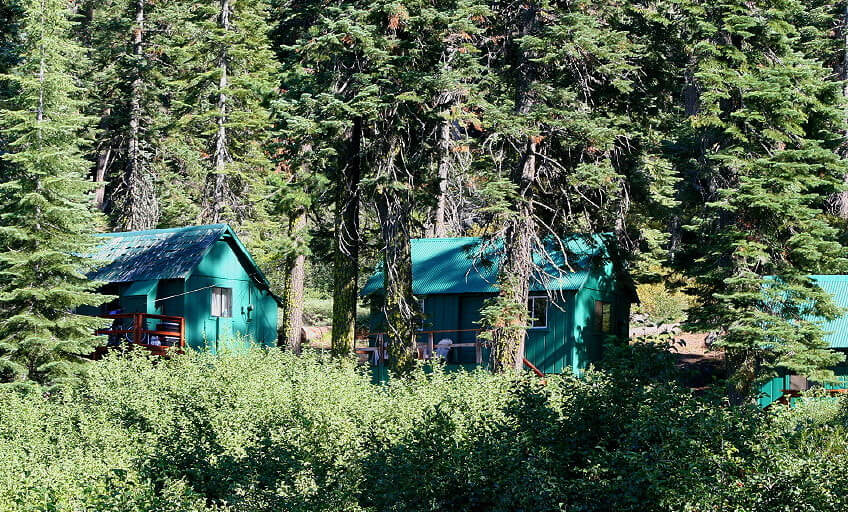Plumas County is home to the Feather River. This special watershed is situated where the northern Sierra Nevada meets the southern Cascade Range and where the sagebrush scrub of the eastern Basin and Range begins. It’s a diverse and varied landscape with deep river canyons, towering pines, rugged mountains, crystalline lakes, and verdant valleys with meandering streams. Before we dive into what makes the Feather River special, here’s a little refresher on what a watershed is.
San Francisco Chronicle Article on The Big Melt Transformed California showcases the journey of water down the Feather River.
What is a Watershed?
You can think of a watershed as a sink or wash basin– it’s an area of land that captures rain and snowmelt and channels it downslope into creeks, rivers, meadows, and wetlands, which eventually flow into a larger body of water or basin (like a reservoir, larger river, or the ocean).
Lake Oroville, a reservoir with the tallest dam in the U.S., is the outflow point for the Feather River. Lake Oroville is where the West Branch, North Fork, Middle Fork, and South Fork of the Feather River converge in an ancient and deep river gorge.
Top 3 Reasons to Love the Feather River
There are certainly more than three to reasons to fall in love with the Sierra Nevada’s biggest watershed, but here are some amazing facts to inspire heart-felt appreciation.
- Public Lands to explore: Within the 3,200 sq mile watershed are some of California’s most beautiful and least visited public lands. From Lassen Volcanic National Park and Lassen National Forest in the North, to Plumas-Eureka State Park and the Lakes Basin in the South, there are over 100 lakes, hundreds of miles of trails, and dozens of great campgrounds. The Plumas National Forest comprises nearly 65% of the lands in the Feather River Watershed. The Pacific Crest Trail also traverses the watershed crossing both the remote Middle Fork Feather River Canyon and the Feather River Canyon at Belden. Learn more about the Plumas National Forest.
- Clean, cold, fresh water: The Feather River is not only big and beautiful, it is an incredibly important water source for all of California. The Feather River Watershed is the largest contributor to the State Water Project and provides clean water for central valley agriculture and drinking water for 27 million Californians. The Middle Fork of the Feather River, with huge wetland headwaters in Sierra Valley, was one of the first Wild and Scenic Rivers in the Country. It is the only undammed branch of the Feather and offers unparalleled recreation from fishing and swimming to advanced kayaking and canyoneering. The North Fork flows from headwaters near Lassen Peak to Lake Almanor and then through the Feather River Canyon. This lower Feather River Canyon stretch has been developed for hydroelectric power, but is incredibly scenic with huge boulders and cascades. In the higher mountains of Plumas County the reservoirs, meadows, and many creeks all contribute to the watershed’s awesome output. And when you are visiting, don’t forget to drink Plumas County tap water– It’s cold, refreshing, and simply the best!
- Biodiversity: The watershed spans from the Sierra Crest and granite alpine ecosystems at 10,000’ in elevation down to arid and rocky foothill canyons at 2,000’ in elevation. With varied landscapes from fens to forests to near desert-like serpentine and volcanic soils, there are many types of life that thrive in these different environments. What does all this mean? The Feather River Watershed is a biodiversity hotspot! Thousands of native plants, abundant wildlife, and some of the biggest bird populations in the Sierra call the Feather River Watershed home.
Plumas County and Wildfires
Drought cycles have hit the Sierra Nevada and Southern Cascade forests hard in recent years. The Feather River Watershed is lucky to have less tree mortality and bark beetle infestation than other parts of the Sierra, but the wildfire seasons of 2020 and 2021 were brutal. The North Complex (California’s sixth largest fire) and the Dixie Fire (California’s second largest fire) burned over 1.2 million acres combined. While the impacts of these mega-fires continue to challenge local communities, wildfire is not inherently bad. It is the dangerous mix of land privatization, fire suppression, and climate change that have ramped up the risk, long term changes, and heartbreaking community loss. Despite this, the natural landscapes of California are fire adapted and in many ways resilient. Evidence of new growth, wildflower super blooms, and areas of low-intensity under burns give us hope as we move forward. There are also many Plumas County organizations and agencies working on forest health and wildfire recovery.
Indigenous Homelands
Modern day Plumas County is in the homeland of the Mountain Maidu people who continue to live here connected to their ancestral lands. After decades of hard work by the Maidu community, in 2019, nearly 2,500 acres of land near Lake Almanor was returned to Maidu ownership through a bankrupcy settlement and conservation agreement with Pacific Gas and Electric (PG&E). Read more about the Tásmam Koyóm land-back story.
In the eastern part of the watershed, the headwaters in Sierra Valley are culturally significant to the Washoe Tribe of Nevada and California, the Northern Paiute Tribe, and the Nisenan Tribe. The North Fork Feather River Canyon, the West Branch of the Feather River, and Deer Creek are also within the homelands of the Koncow Maidu, the Yana people and the Mechoopda Tribe. To learn more about who’s indigenous land you are on visit the Native-Land Digital map.
Get to Know the Feather River Watershed
There is something special about the pace of walking and slowing down to get to know the names of the plants, birds, waterways, and places that make a watershed more than a destination. Here are some of the best ways to experience the wonder of the Feather River region.

